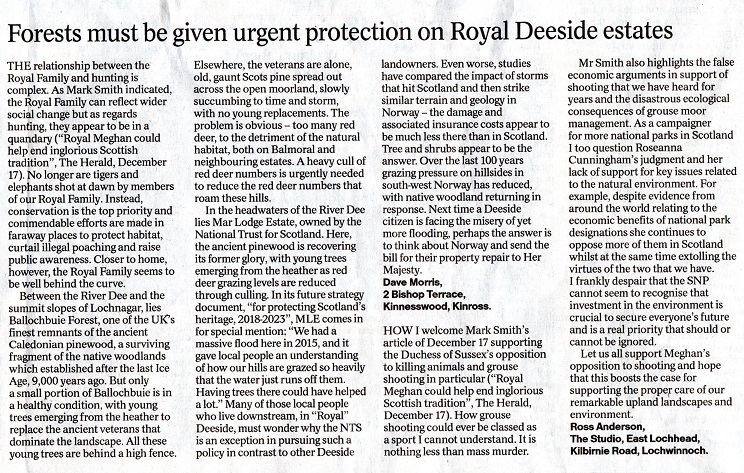
The Royal Family has, ever since Queen Victoria came to Deeside, played a central role in legitimising hunting culture, practice and consequent land-use across upland Scotland. As long as the way they manage their land at Balmoral and Delnadamph (see here) remains unchallenged, other landowners across Scotland will mimic what they do. That entails maintaining a huge Red Deer population and intensive grouse moor management at the expense of almost every other species, including humans.
Hunting interests understand the importance of the Royal Family. Historically, once Prince Albert turned against hunting deer with dogs, that practice rapidly disappeared. Andrew Salvesen, one of the main advocates of hunting interests in Scotland and a Director the Game and Wildlife Conservation Trust, has long had very close links with Princes Charles. He is a neighbour, leasing the shooting on the Dinnet Estate. In 2014 he acquired Auchnerran, on the eastern flanks of Morven and just a short drive from Balmoral, which is now run as a demonstration farm for the GWCT (see here). All that brings influence. It allows him to promote a model of “conservation land management” which is focussed on game production. This is in direct opposition to the rewilding model that has developed under the aegis of Wild Land Ltd and Cairngorms Connect on the western side of the National Park.
The two very different approaches clash on the National Trust for Scotland’s Mar Lodge Estate. While it was Prince Charles who was originally rumoured to be behind the Easter Trust, which contributed £4.5m to its purchase, the money was later revealed to come from the Salvesen family. It came with a costly condition, the maintenance of traditional deer stalking. That was in direct opposition to the conditions previously laid down by Percy Unna when he donated Glen Coe, the Five Sisters and other mountain properties to the NTS. Unna’s Rules stipulated deer stalking should cease. The Easter Trust bequest has given sporting estates undue influence in the management of Mar Lodge ever since.
The main consequence has been not just that stalking has continued but so have traditional sporting estate management practices, including maintenance of high deer numbers and muirburn.
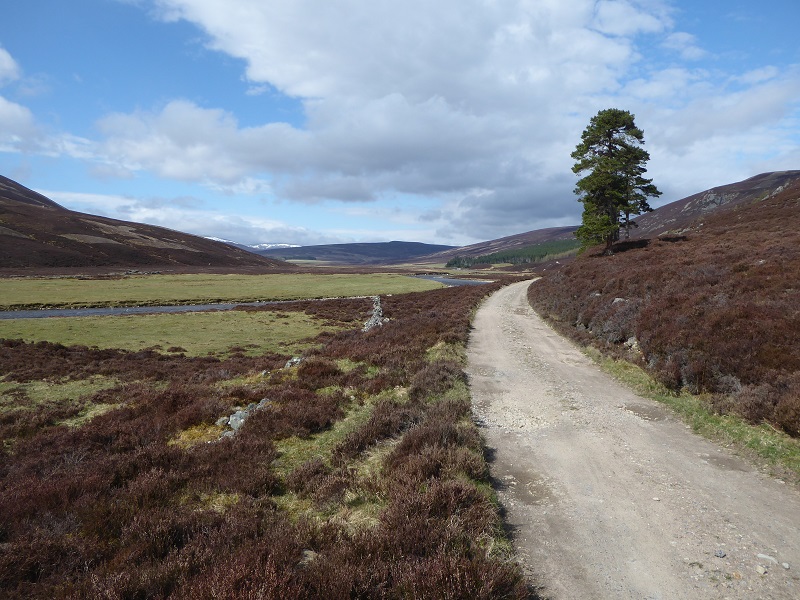
At the same time the public face of NTS has been focussed on trying to promote restoration of the native pinewoods. This has resulted in the estate being managed in two halves, one for sport and one for conservation. The contrast Glen Dee (above) and Glen Lui is striking:
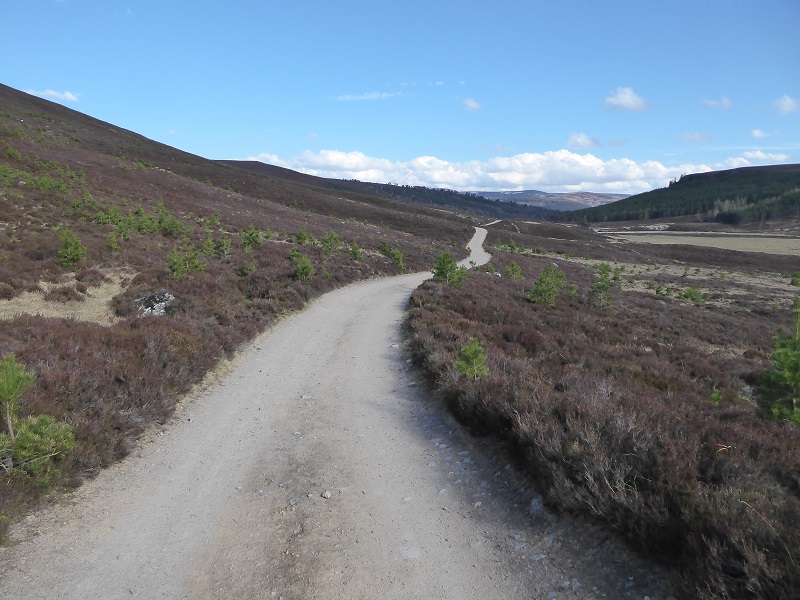
Combining these two very different management objectives has been a challenge. It was because of them that NTS decided to install a deer fence part way along Sgorr Mor, the Corbett that stands between it and Glen Dee.
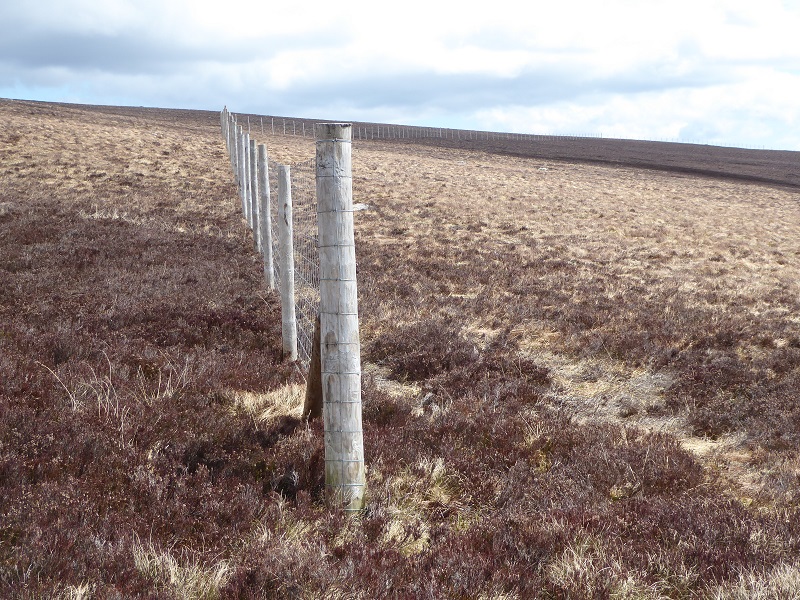
The importance of the fence is not to prevent deer accessing Glen Lui and Glen Luibeg, as its easy to circumvent, but symbolic. It demarcates two very difference approaches to land management, on the one side conservation, on the other sporting.
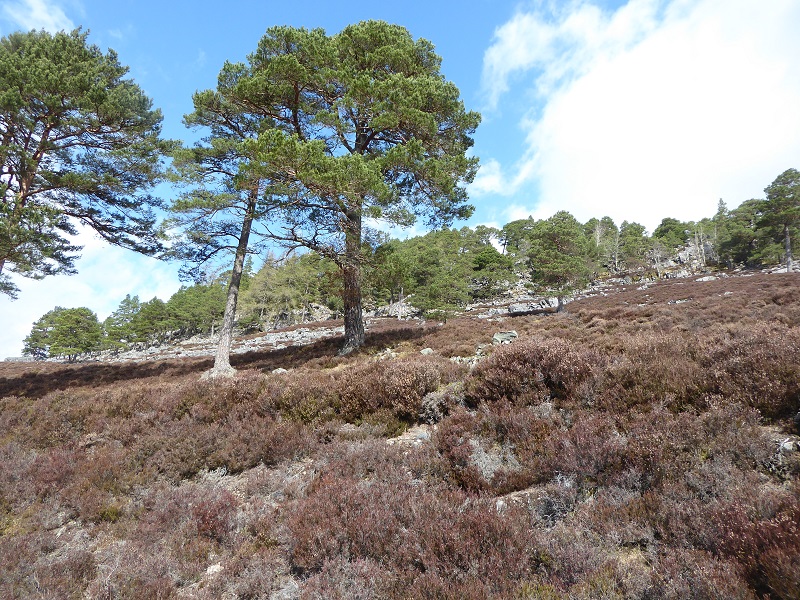
This is senseless. It did not, however, prevent SNH re-declaring the whole of the Mar Lodge Estate as a National Nature Reserve in 2017. Its not difficult to imagine the celebrations at the GWCT – if this can be an NNR, so could any sporting estate.
The efforts being made by NTS staff to keep deer numbers down to promote natural regeneration north of the fence are constantly undermined by the large deer numbers to the south. That allows sporting interests to claim natural regeneration does not work without fencing such as is used at Balmoral.
The explanation, however, for why natural regeneration at Mar Lodge is so much less extensive and is taking far longer than that taking place at Glen Feshie lies in their failure to cull as many deer. Part of this results from NTS’ target deer densities on the north side of the fence still being almost twice those in Glen Feshie (3.5 deer per square km compared to 2 deer per square km). Part also though stems from the large pool of deer to the south and west, “the rest of Mar Lodge Estate”.
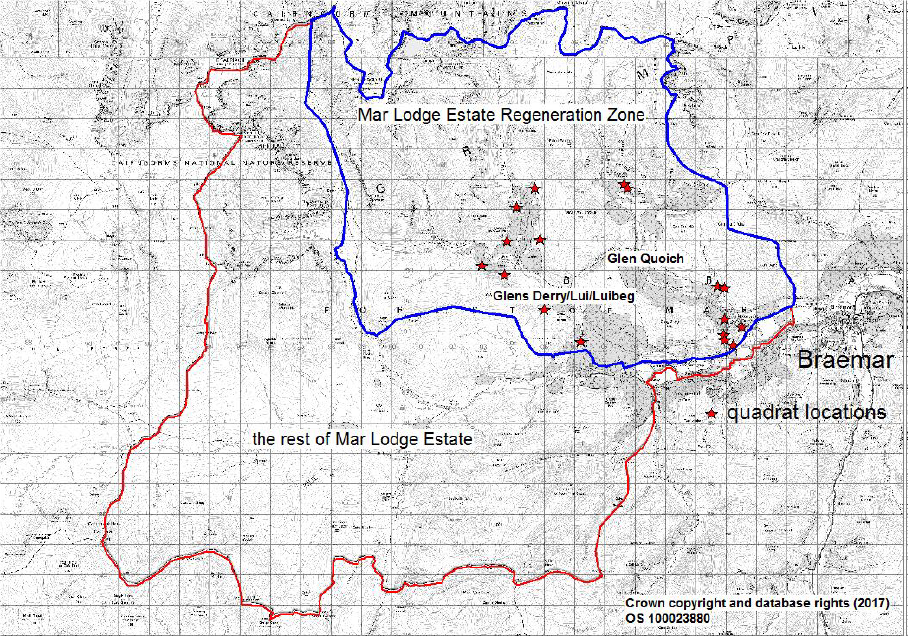
That pool of deer does not just cause problems for the Mar Lodge “Regeneration Zone”. The main stalking area is around the Geldie where the boundary of Mar Lodge Estates marches with that of Glen Feshie. The deer overflow from the Geldie and Dee into the Eidart and Feshie and constantly threaten to undermine the efforts of Wild Land Ltd to bring deer numbers down. This is creating pressures for Wild Land Ltd to improve vehicular access up the Feshie to control deer numbers more easily. The impact of a new track on one of the wildest areas in the Cairngorms would be immense and in my view unacceptable.
The answer is for NTS to reduce further the number of deer on the whole of the Mar Lodge Estate. Their own staff have produced some excellent research which shows the reduction in deer numbers to date has led to natural regeneration (see here). The converse of this is that where deer numbers have not been reduced NTS is maintaining not just a “wet desert” but a reserve pool of deer which threaten all the areas around them. As the map shows this is a huge area and poses a serious obstacle to the Cairngorms National Park’s aspiration for landscape scale conservation in the Cairngorms. It also incidentally explains why NTS are not part of “Cairngorms Connect”, the partnership across the western flank of the main Cairngorms massif, whose focus is native woodland regeneration. Their management objectives are not compatible.
The CNPA could make no better resolution for the New Year than to tackle the sporting interests that are still driving the mismanagement of land on a large part of the Mar Lodge Estate and to bring deer numbers there down. Who would have anticipated that in Meghan Markle they might find an unlikely ally?

What a fascinating answer to some questions that have been dogging me. Stellar journalism, thank you for reporting this! It’s mind boggling how complex and corrupt some of these ‘conservation’ practices are.